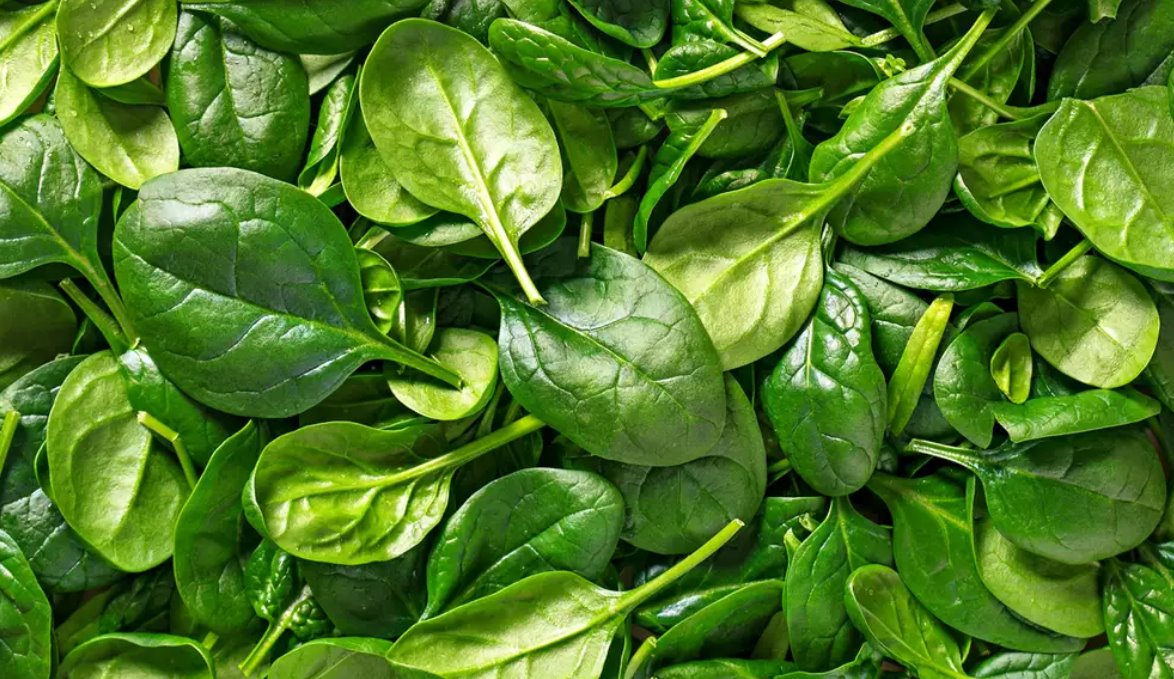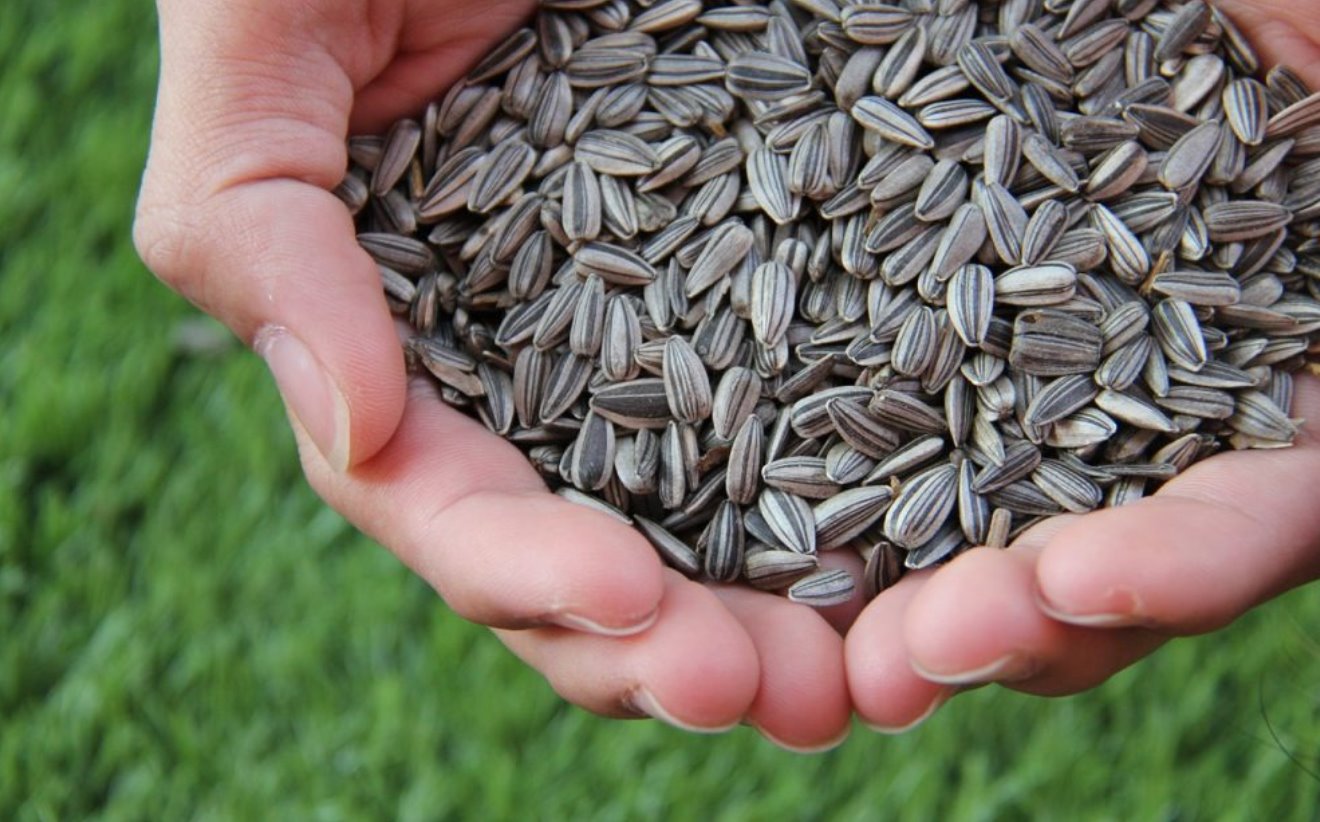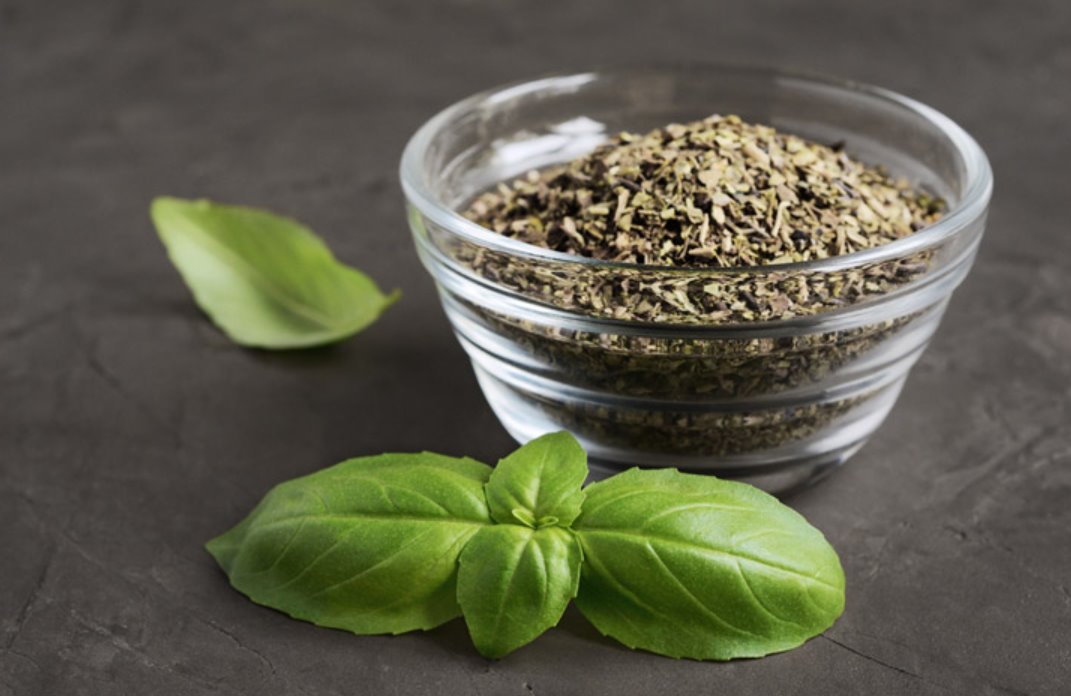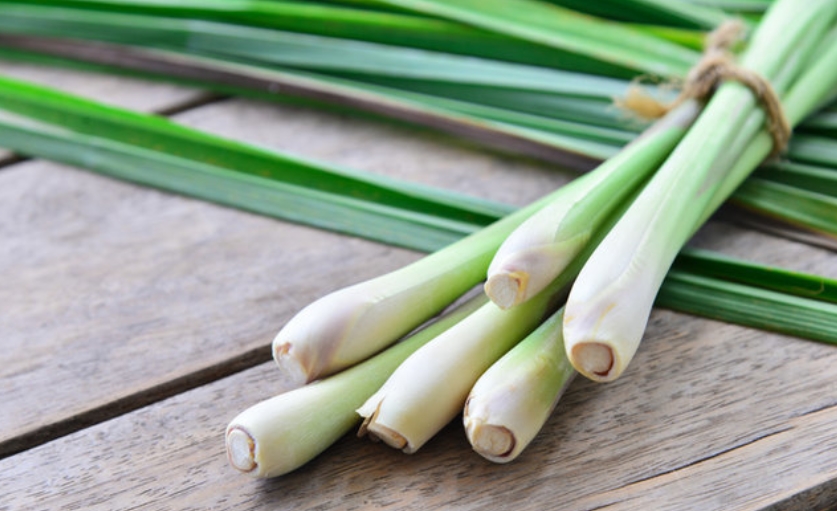
Cymbopogon citratus, also known as lemongrass, is a kitchen herb commonly used in dishes and beverages, such as teas. It is often to add flavor and aroma, so the soups, sauces, and any food will smelt more fragrance. More than that, lemongrass owns a range of benefits for medical too. You can find how to harvest lemongrass and other things about this plant in this article. Because many people are interested in lemongrass, but they are not sure about planting it.
Cultivating lemongrass is exciting. This plant can be considered as an ornamental grass, fragrant plants, or medical plants at the same time. While most plants need to be placed at the outside, lemongrass can grow indoors. It is easy to take care because lemongrass is often grown even in pots. Find more about lemongrass until the key of how to harvest lemongrass below.
Table of Contents
Basics About Lemongrass
Before stepping further to the steps of harvesting lemongrass, you should be aware of several basics about this plant. First, you need to know that lemongrass is typically tropical species. It can flourish well as long as the temperature is warm enough. Also, when you keep the weather is suitable, this plant will be far from pets’ trouble and grow brushy.
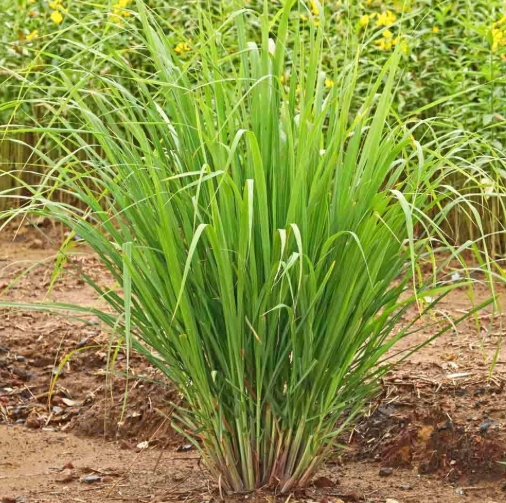
Like many other tropical plants, this herb plant loves to get sunlight but you are able to cultivate it inside the room. But, make sure the plant does not dry out. Maintain watering plant to keep its soil moist. The drying soil will inhibit optimal development. Applying multipurpose fertilizer or chicken manure compost is one of the good moves in how to harvest lemongrass. This additional nutrition can also help your lemongrass. No need too often, once every two weeks is enough.
Remember, lemongrass is a throughout-season plant. It still grows even in the dry season, but the growth will be slowing down. Also, about the planting media, lemongrass cultivation can be done in pots, sacks, polybag, or open field. So, following steps on how to harvest lemongrass requires you no special skill, just patience, and thoroughness.
Steps of How to Harvest Lemongrass
A good result comes from selected seeds. The seeds must be strong and fresh roots. It has to be free from disease pets too. Pick the best time to start planting. The right moment is when the beginning of the rainy season. This is good for the watering condition. After five to six months, your lemongrass will reach the one-meter length and possible to get longer. That’s the right time to harvest. See steps below so you understand about how to harvest lemongrass:
1. Ensure the Time
Commonly people wait for five until six months to cut the lemongrass. But, several are patience enough until it reaches eight to ten months old. That is a proper time to harvest your lemongrass. For the next period, do every three months in the rainy season and every four months in the dry season.
Don’t be confused about the amount of lemongrass. You will get a large amount in the first until third harvesting. Even it is increasing until the seventh harvesting period. At this time, the lemongrass is decreasing to about 50%. As time goes by, the amount is getting less until in the third year. It is because of the fresh leaf production is slowing down too. So, the new stalk cannot grow properly just like before.
2. Select the Right Roots
The next key to how to harvest lemongrass is about selecting the right roots. Begin with the older stalks first. It is easy to identify. Look at the stem, it has to be ¼- to ½-inch thick. But, there are also other characteristics of lemongrass which ready to be cut. At least, it already had six until eight old leaves each. See the color too, it has to be dark green, not lightly.
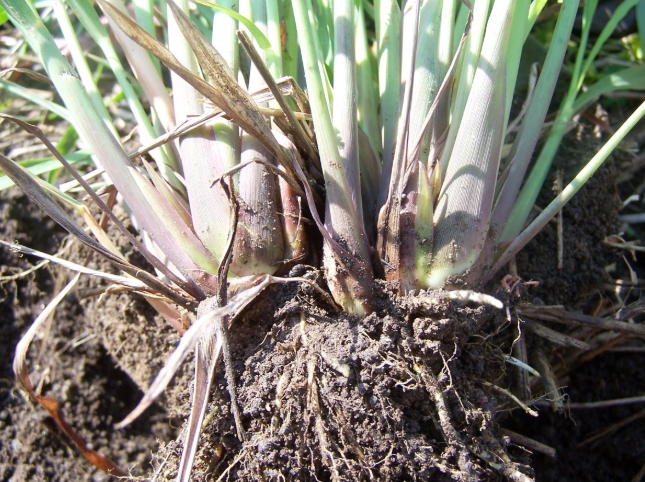
When you try to smell the leaves, it scents strong. You can squeeze too to get the scent. Then, the leave is not easily broken. Instead, it tends to be more flexible. If you bend the leave, you will find spots where the oil comes out. Those are the leaves’ pores.
3. Break Off the Stalks
Both the stalks and foliage of lemongrass are useful. So, make sure you get them in a good way. As your first move, cut down the tough part of the stalk at the top. After you have several inches of softer and lighter parts, prepare to cut it off. Keep the root fiber near the base of the plant. It will help you to keep the lemongrass fresh when put into the water.
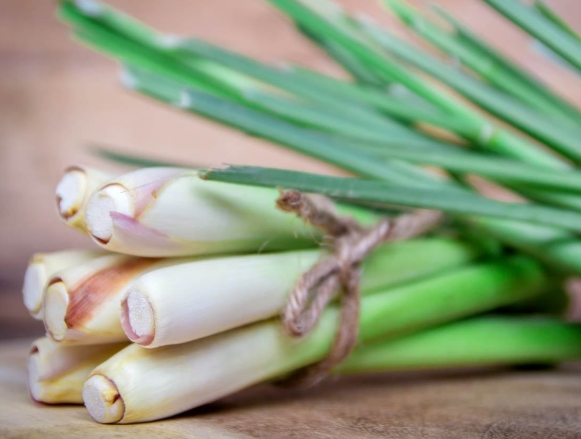
Cut, break, or twist the lemongrass toward the top. Make sure the root is completely carried. It is the most tender part, so if it gets hard to remove you can use a hoe. Don’t harvest all of the lemongrasses. Leave a few plants to keep its production increased.
4. Pack in Rolls
After the harvested lemongrass has been collected, rinse those all carefully. Remove the dirt and sand from its surface. Then, dry it. This is also an important part of how to harvest lemongrass. Once you are missing this step, the lemongrass will not be durable to use. If you desire to make a tea by using it, you can start to remove the woody portions and the foliage. But, it is better to keep them dry too.
Collect all of it and packed in rolls. Tied it with ropes. You can also put it into the zip-lock bag in the fridge. The lemongrass can last for about one month if it is properly stored, whether in the drawer of frozen.
5. After the Harvest Time
Do the lemongrass harvest periodically. It gains this production better. Select and trim the long and old lemongrass leaves to stimulate the new lemongrass growth.
Next, the post-step of how to harvest lemongrass is returning the soil condition as before. Close the hole where you harvested the lemongrass. Also, loose the soil around it and the other plants. The quality of lemongrass is not only determined by the seeds. It is also influenced by how you harvest and the soil condition after it.
That is all about how to harvest lemongrass you need to know. In preserving the lemongrass, there are two ways usually people choose. First, by freezing the stalks. And the second is drying its stalks and leaves. Both ways require the lemongrass in dry. Then, it is ready to use for cooking or as medicine. Have a new experience in farming and planting your own. May this article help you to create a happy moment.
